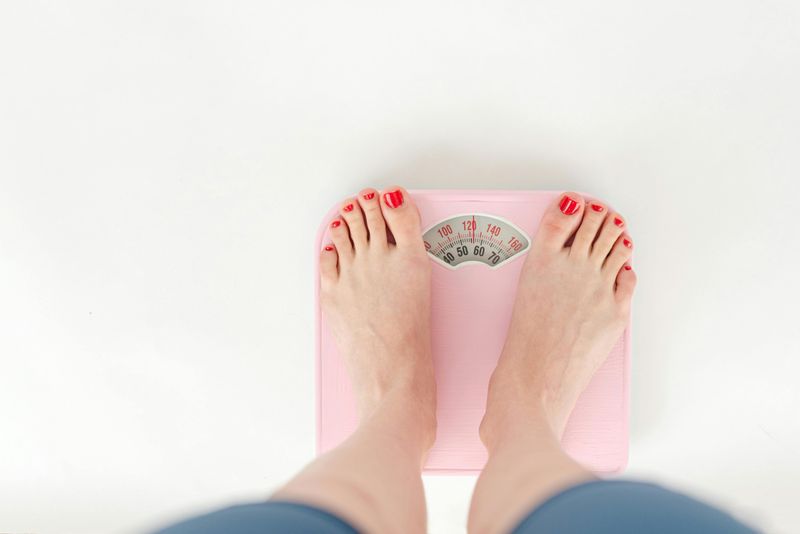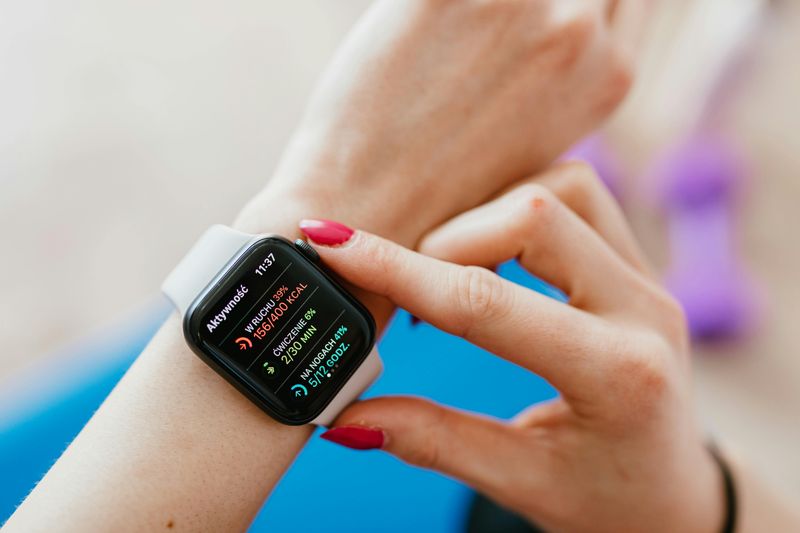How Many Steps Should You Walk Every Day to Lose Weight?

If you’ve ever strapped on a fitness tracker or checked your phone’s health app, you’ve probably seen that magical number: 10,000 steps. It’s become the go-to goal for anyone trying to get healthier, shed a few pounds, or just move more. But have you ever wondered where that number came from—or whether it’s really the secret to weight loss?
1. The 10,000 Steps Myth

Believe it or not, the famous 10,000-step rule wasn’t created by a doctor—it came from a 1960s Japanese marketing campaign for a pedometer. The number caught on because it sounded neat and easy to remember, not because it was scientifically proven.
That said, it’s not a bad target for general fitness. Hitting 10,000 steps a day usually means you’ve been active for about five miles, which can support weight maintenance and overall health. But if you’re new to walking or have a desk job, that number can feel intimidating.
Instead of chasing perfection, focus on progress. If you currently walk 4,000 steps a day, bump it up to 5,000 for a week or two. Gradually adding steps builds endurance and creates a habit that lasts far longer than any fitness fad.
2. The Science Behind Steps and Calories

Every step you take burns energy—just not always as much as you’d hope. On average, 1,000 steps burn around 40 to 50 calories depending on your weight, speed, and stride. That means 10,000 steps might equal 300–500 calories burned, which adds up over time.
Weight loss happens when you create a calorie deficit—burning more calories than you consume. Walking helps you reach that deficit without the intensity (or injury risk) of high-impact workouts. Plus, you can sneak in steps throughout your day without even realizing it.
The best part? Walking increases your metabolism slightly even after you stop moving. Combine it with mindful eating, and you’ll turn those steps into real progress without counting every bite or rep.
3. Finding Your Personal Step Goal

Not everyone needs 10,000 steps to see results. Your ideal number depends on your current fitness level, daily routine, and goals. Someone who sits most of the day may see results by gradually moving from 3,000 to 7,000 steps daily.
The key is consistency. Track your average weekly steps for a few days, then aim to increase them by 1,000–2,000 each week. This gentle approach keeps your body adapting without overwhelming you.
Remember: walking more doesn’t just mean dedicated strolls. Parking farther away, taking the stairs, or pacing during phone calls all count. The little moments of movement add up faster than you think—and they fit perfectly into real life.
4. How Pace and Intensity Matter

Taking a leisurely stroll is great for your mind, but it’s your pace that determines how much you burn. Brisk walking—around 3 to 4 miles per hour—boosts your heart rate and calorie burn without feeling like a full workout.
If you’re ready to step it up, try interval walking: alternate between one minute of fast-paced walking and two minutes of normal speed. This variation keeps your heart guessing and increases fat burn long after you’ve finished.
Incline walking is another underrated calorie crusher. A slight uphill path or treadmill incline can double your burn rate while toning your legs and glutes. Think of it as walking’s version of a natural leg day—no squats required.
5. Example Step Goals by Weight-Loss Target

Let’s get specific. For weight maintenance, aim for around 5,000–7,000 steps daily. To lose weight gradually, bump that up to 8,000–10,000. And if you’re serious about shedding pounds faster, 12,000–15,000 steps per day can do wonders—especially when paired with smart nutrition.
More steps equal more movement, but that doesn’t mean you should overdo it. Listen to your body and build up slowly. Burnout (or sore feet) won’t help you stay consistent in the long run.
Think of steps as a range, not a rule. The perfect number is the one that challenges you—without making you dread lacing up your sneakers every morning.
6. Combine Steps with a Healthy Diet

Here’s the secret most people overlook: walking alone won’t make up for a poor diet. You can walk 15,000 steps a day, but if you’re eating more calories than you burn, the scale won’t budge.
That doesn’t mean you need to go full “salad-only” mode. Focus on balance—lean proteins, whole grains, veggies, and portion control. Aim for steady, moderate changes instead of extreme restrictions that lead to late-night pizza binges.
Pairing a healthy diet with consistent walking creates a powerful combo. You’ll feel more energetic, sleep better, and see progress that actually sticks. It’s not about dieting—it’s about building a lifestyle that loves you back.
7. The Mental Health Bonus

Walking isn’t just for your waistline—it’s therapy for your brain, too. Even a quick 10-minute stroll can lower stress hormones and boost your mood. That post-walk calm isn’t your imagination; it’s science.
When you move, your body releases endorphins, serotonin, and dopamine—those feel-good chemicals that make you feel lighter mentally and emotionally. This natural mood boost can make sticking to your fitness goals a lot easier.
Plus, walking gives you a break from screens, thoughts, and daily chaos. Whether it’s listening to music, a podcast, or just your footsteps, those quiet moments help reset your mind—and that peace often leads to better food and lifestyle choices later in the day.
8. Tools to Track Your Progress

Keeping track of your steps makes your progress feel real. Fitness trackers, phone apps, or smartwatches help you see how far you’ve come—and that tiny buzz when you hit your goal? Incredibly satisfying.
You don’t need anything fancy. Even your phone’s built-in pedometer works just fine. The point is to create accountability. Watching your numbers rise day after day can be surprisingly motivating.
Try setting weekly challenges or joining online step competitions with friends. Turning movement into a game keeps things fun, and before you know it, you’ll be walking that extra mile just to stay ahead on the leaderboard.
9. Realistic Expectations

Walking can absolutely transform your body—but not overnight. Healthy, sustainable weight loss is about 1–2 pounds per week, which might not sound dramatic, but it’s how you keep it off for good.
Don’t get discouraged if the scale doesn’t move right away. Sometimes, your body needs time to adjust. Look for non-scale victories—like looser clothes, more energy, or clearer skin—as signs that your hard work is paying off.
Patience is key. The steps you take today might not show up as results tomorrow, but they’ll definitely show up in how you feel a month from now.
10. Final Takeaway

At the end of the day, there’s no single “magic” number of steps that guarantees weight loss. What truly matters is consistency, balance, and mindset.
Walking is one of the simplest ways to take control of your health without expensive gym memberships or complicated routines. Every step—literally—moves you closer to feeling stronger, lighter, and more confident.
So whether your goal is 6,000 or 16,000 steps a day, keep moving forward. The journey might be slow, but the results are worth every stride.

Comments
Loading…